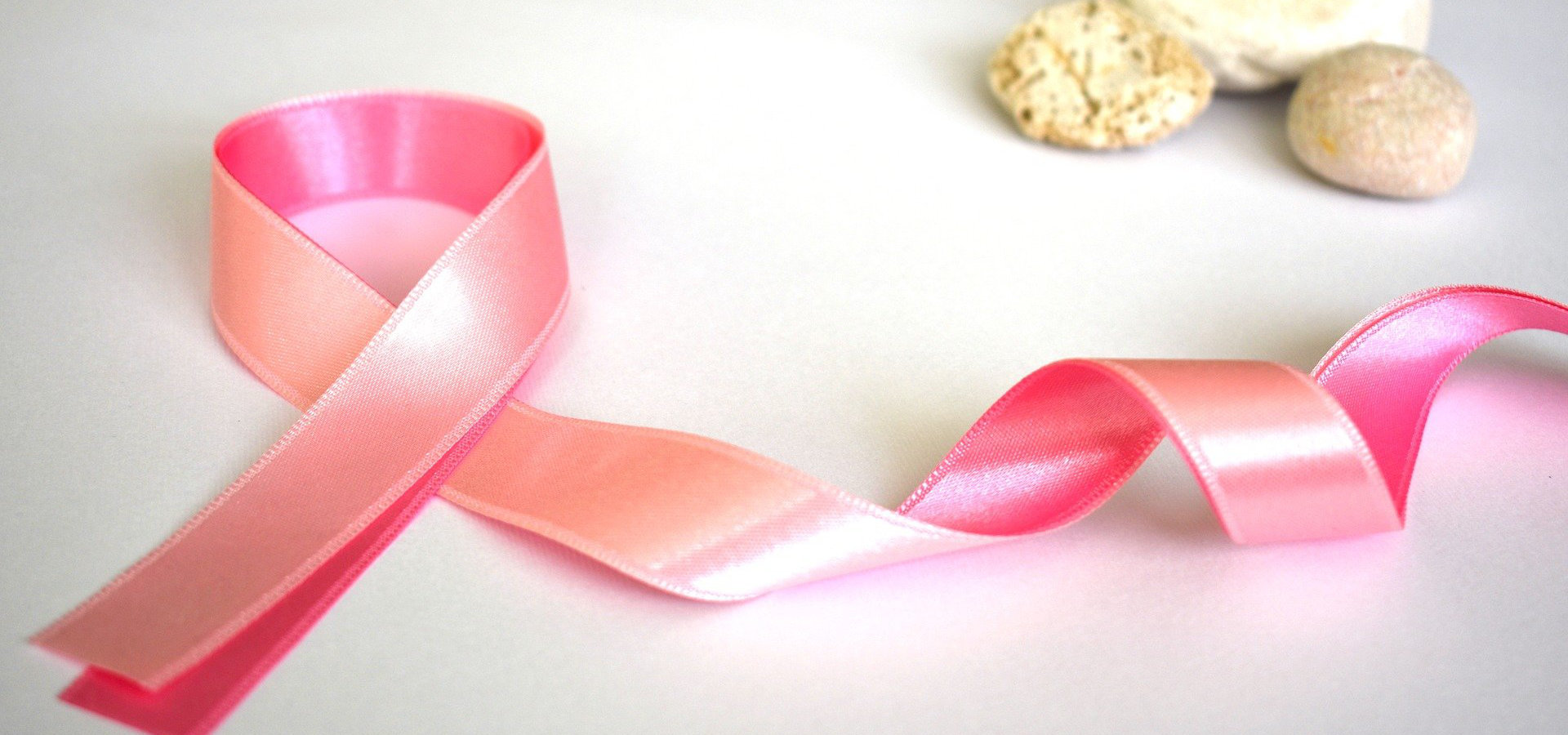A study by the Instituto de Saúde Pública da Universidade do Porto (ISPUP) concluded that high-impact exercise, such as running and football, can contribute to increased bone mass in adolescence.
Researchers found that the benefits of exercise are not only experienced in the bones directly subject to the impact of physical activity, but also in those that are not. Thus, high-impact exercise can promote the global improvement of bone mass levels.
The article, entitled The effect of impact exercise on bone mineral density: A longitudinal study on non-athlete adolescents, sought to investigate the impact of physical exercise on bone density over time in a group of adolescents.
It is known that physical exercise contributes to increasing bone mass, and that this effect depends on the type of exercise practised. For example, an activity such as running, which is considered a high-impact exercise, has a greater effect than swimming, which can be considered a low-impact activity.
“However, it is not clear whether the effect of exercise is only local, that is, on the bones subject to impact, or whether there is also an effect on the bones that are not directly subject to exercise impact”, clarified the researchers involved in the study, whose coordinator is Elisabete Ramos.
Over a thousand adolescents from the city of Porto evaluated
To answer their research question, investigators evaluated 1137 teenagers participating in the EPITeen cohort, who, at 13 and 17 years of age, provided information on physical exercise and performed a bone mineral density assessment of the radius (upper arm bone). The collection of information at these two ages made it possible to see the evolution of bone density over time and the effect of physical exercise in this period.
The evaluated adolescents were classified into three groups – those who did not exercise at all, those who performed low-impact exercise, such as swimming, and those who performed high-impact exercise, such as dancing or football.
What were the findings? Researchers concluded that the boys who practised high-impact physical exercise had greater bone mineral density in the forearm, as well as the greatest increase in bone mineral density between the ages of 13 and 17.
Regarding the girls evaluated, no significant differences were observed according to the different types of physical exercise practised.
Public health message
“These results support the hypothesis that the effect of exercise on bone mass is not only localised,” affirm the researchers.
“Physical exercise, especially high-impact exercise, may play an important role in the development of bone mineral density throughout adolescence, and this effect occurs not only in the specific impact zone of the exercise, but it also promotes the global improvement of bone mass levels.”
In addition to Elisabete Ramos, researchers Daniela Simões, Vanda Craveiro, Maria Paula Santos, Miguel Camões and Bruno Pires participated in the study.
The study was funded by Fundação para a Ciência e Tecnologia (FCT) through the Portuguese State Budget and the budget of the European Community (European Social Fund).



